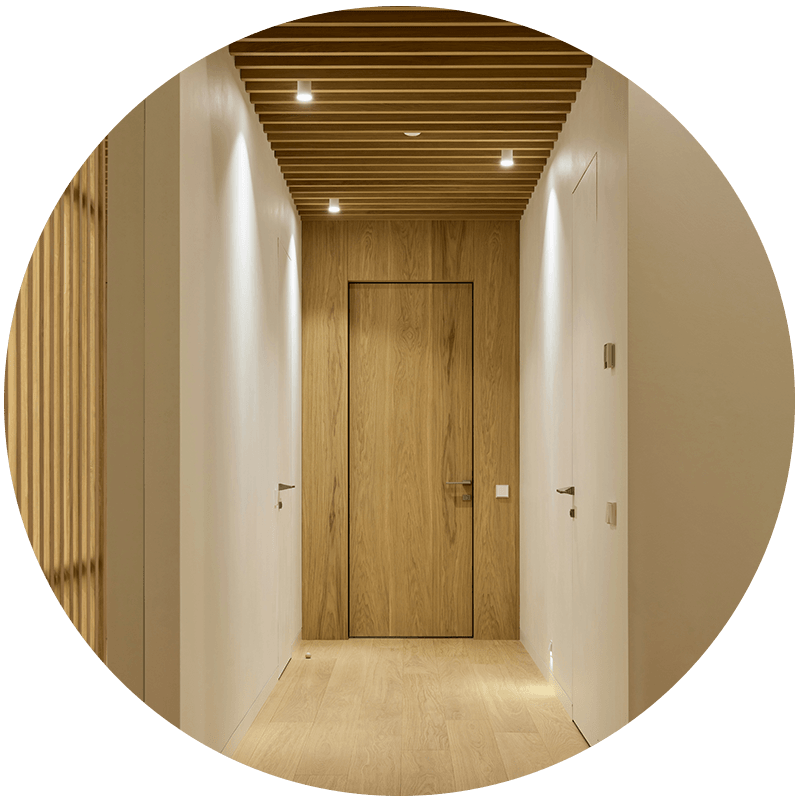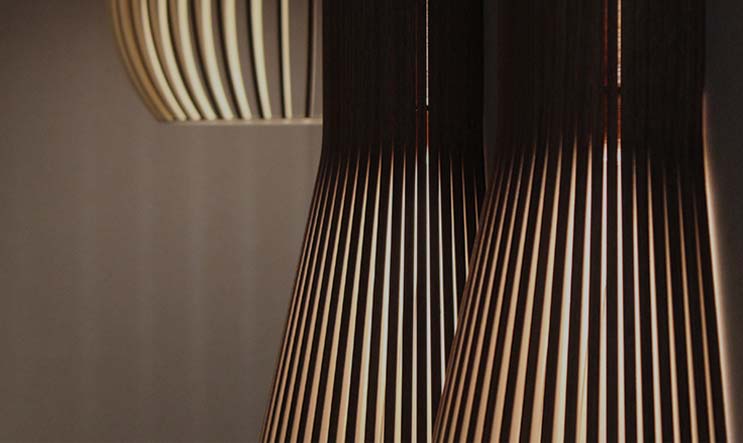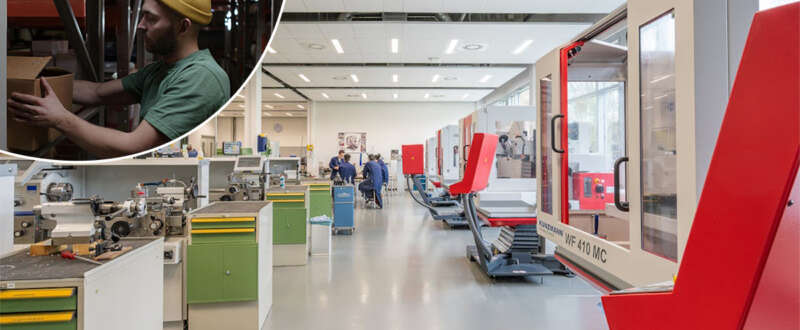Get quote from a professional IoT LED manufacturer
Guides and product recommendations for IoT lightning products.
Smart IoT LED lighting is the future
The innovation of the Light Emitting Diode (LED) is a cornerstone of modern photonic engineering. An LED’s core structure comprises a p-n junction semiconductor that dictates its color and light intensity based on the materials used. The electroluminescent property allows LEDs to cover the entire visible, ultraviolet, and infrared spectra, with applications ranging from high-efficiency illumination to advanced communication systems. The efficiency of LEDs is quantified by lumens per watt, significantly outperforming incandescent bulbs, and their extended lifespan can exceed 50,000 hours, a stark contrast to the 1,000-hour expectancy of their incandescent counterparts.
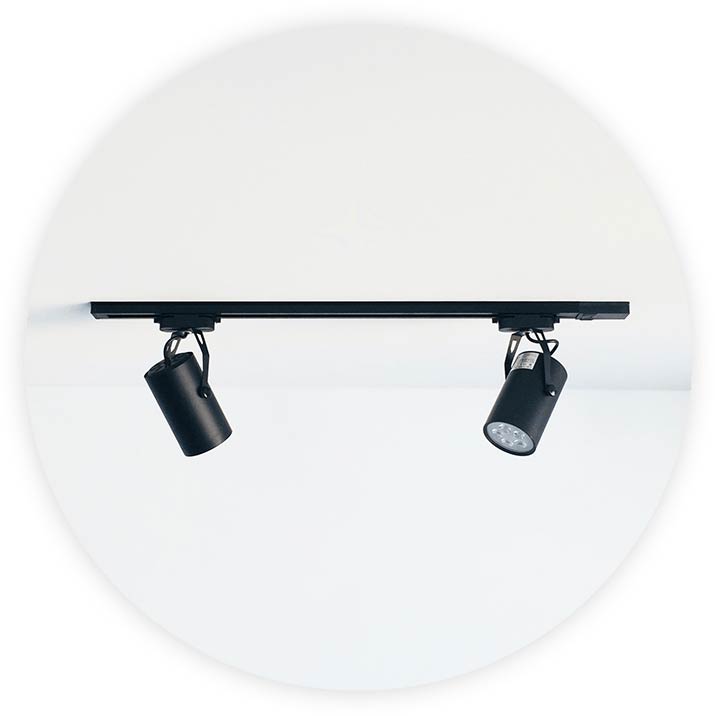
Our blog
Office space planning – Guidelines and tips
Office space planning is the systematic process of designing and organizing an office layout to optimize functionality, efficiency, and comfort…
Read more
Roof box light – Impact of small light modules on product usability
Roof box lights, featuring compact light modules, significantly enhance product usability by providing targeted illumination in space-constrained environments. These small,…
Read more
Industrial emergency lighting – Illuminating workplace safety
Industrial emergency lighting is a specialized lighting system designed to provide illumination during power outages or emergency situations in industrial…
Read more
Industrial plant design – Workplace environment and safety
Industrial plant design prioritizes creating a safe and secure workplace environment. This involves for instance fire safety protocols, electrical hazard…
Read more
The key benefits of smart buildings
In todays age of technology, the concept of smart buildings has evolved from a luxury to a necessity. Smart buildings…
Read more
Medical and surgical lighting – Crucial illumination
Medical and surgical lighting – Optimal lighting is essential for success in operating rooms and medical examination areas. This specialized…
Read more
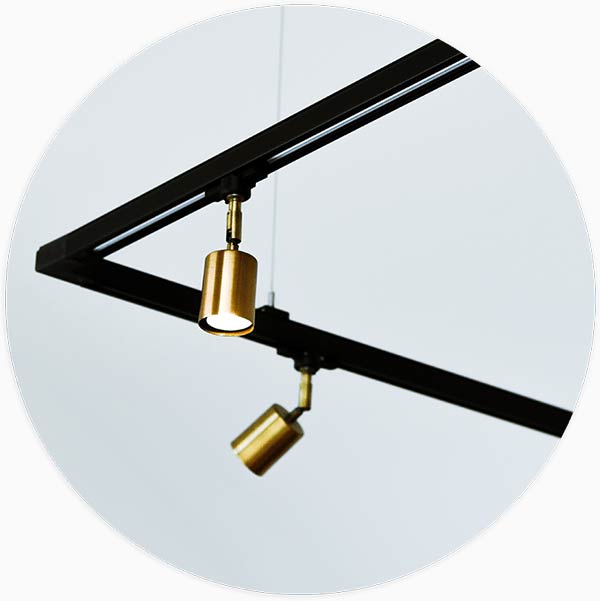
What is IoT?
The Internet of Things (IoT) is the digital pulse of the 21st century, integrating computational intelligence into the material fabric of daily life. The ‘things’ in IoT range from consumer gadgets to industrial tools, all equipped with microchips, sensors, and software that enable them to collect and exchange data. These devices connect via various network protocols, such as Wi-Fi, Bluetooth, and LPWAN, facilitating a seamless flow of information. IoT’s capability for predictive maintenance, energy management, and automated control systems is revolutionizing efficiency and productivity across sectors.
Synergizing IoT with LED lighting
Merging IoT with LED lighting transforms the fundamental interaction between humans and their illuminated environments. Through IoT, LEDs can not only respond to immediate conditions—like adjusting brightness according to natural light influx—but can also learn and predict patterns over time. This adaptive lighting technology is pivotal in modern cities, where it underpins safety and energy conservation, and in healthcare, where it supports human circadian rhythms.
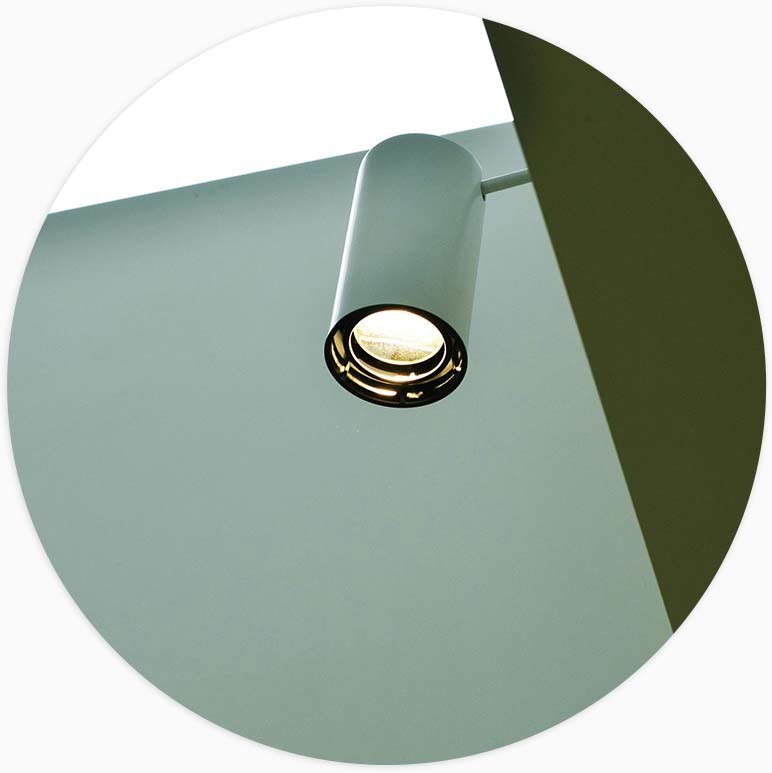

Why IoT LED modules?
The confluence of IoT and LED technology spawns an array of intelligent lighting products. In the industrial sphere, smart LED fixtures provide not just illumination but also data on operational hours and energy consumption, facilitating proactive maintenance. IoT-enabled outdoor lighting systems, equipped with environmental sensors, can respond dynamically to weather patterns, reducing maintenance costs and enhancing energy efficiency. Security bollards, integrated with motion sensors and connected to emergency services, exemplify the role of IoT in public safety enhancements.
Create energy efficient buildings with IoT LED modules
Contact us for assistance from an experienced salesperson
Smart LED applications
IoT-enabled LEDs are increasingly infiltrating the fabric of everyday life. In residential kitchens, they can simulate daylight to enhance mood and productivity, while in shopping centres, they adapt to consumer behaviour to create inviting atmospheres. Automotive applications are particularly advanced, with IoT-enabled LEDs in vehicles dynamically adjusting to road conditions, thus improving safety. In commercial buildings, smart LEDs are integral to building automation systems, offering not just energy savings but also actionable insights into usage patterns.
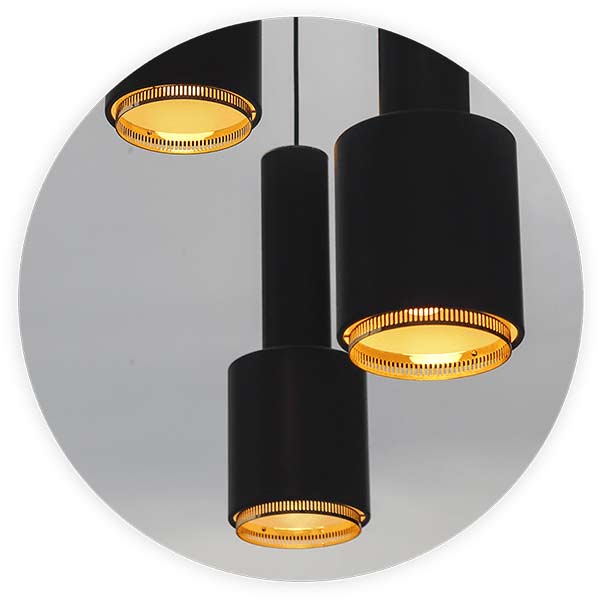
LED fixtures
LED fixtures embedded with IoT capabilities transcend their primary function of illumination. They become data nodes and sensory hubs, instrumental in the intelligent management of commercial and industrial spaces. These fixtures are equipped with microprocessors and sensor arrays that monitor their own operational metrics, such as power usage, light output, and operational temperature, in real-time. This self-monitoring leads to a predictive maintenance model, where the fixtures alert facility managers to potential malfunctions or inefficiencies before they escalate into more significant issues.
Data-driven lightning
The data collected by IoT LED fixtures empower businesses with actionable insights. For example, analytics derived from the usage patterns can inform energy-saving strategies, optimize lighting schedules, and contribute to cost-effective inventory management for replacements and upgrades. Moreover, integration with building automation systems allows these fixtures to operate synergistically with other utilities, further enhancing overall building performance.
Adaptive illumination
In the industrial context, lighting requirements can vary significantly based on the task at hand. IoT LED fixtures can adjust their brightness and color temperature in response to the type of activity in a given area, the time of day, or the occupancy levels detected. Such adaptability not only conserves energy but also can lead to improved productivity and workplace safety by ensuring optimal lighting conditions for workers.
Enhanced energy efficiency
IoT-enabled LED fixtures often incorporate algorithms that optimize their energy consumption based on historical data and predictive models. This intelligent operation minimizes waste by dimming or turning off lights when areas are unoccupied or when natural light is sufficient, thus significantly reducing energy costs.
Environmental interaction
Outdoor LED lighting systems with IoT integration are designed to interact harmoniously with their environment. Equipped with weather sensors, these lights can modulate their performance according to ambient conditions—for instance, increasing brightness during heavy rain or fog to maintain visibility. In addition to weather responsiveness, they can also be programmed to mitigate light pollution, preserving the natural nocturnal environment.
Safety and security augmentation
IoT-enabled fixtures play a pivotal role in security and public safety. Bollards and street lamps can be fitted with motion sensors and cameras, transforming them into active participants in urban safety. They can detect unusual activity and automatically brighten or trigger alerts to nearby security personnel or law enforcement. In emergency scenarios, these fixtures can guide evacuations by changing light patterns or colors to indicate the safest exit routes.
The future of LED fixtures in IoT ecosystems
The integration of LED fixtures within IoT ecosystems marks a significant leap towards intelligent design and sustainable living. The benefits extend far beyond energy conservation, encompassing enhanced safety, operational efficiency, and data-driven management. As this technology continues to evolve, we can expect even more sophisticated interactions between LED fixtures and the IoT, driving forward the boundaries of what is possible in both commercial and urban landscapes.
Variants of IoT lighting control systems
The array of IoT LED lighting systems is vast, each tailored to its purpose. From RGB LEDs that offer a full spectrum of color possibilities for atmospheric design to high-intensity discharge (HID) replacements in industrial settings that provide robust illumination where reliability is critical. In hospitality, tunable white LEDs allow for adjustments in color temperature to create warm or cool ambience conducive to guest experiences.
Production of IoT LED modules
The fabrication of IoT LED modules is a symphony of precision electronics and photonics. The addition of microcontrollers provides the brain, sensors offer the senses, and connectivity modules enable communication, turning a standard LED into an intelligent node within a network. The assembly process, often automated, demands rigorous standards to ensure that each module functions flawlessly within its designated role, be it in an industrial high-bay light or a smart streetlamp.
Sustainability and lighting
LEDs represent a paradigm shift in sustainable lighting. They not only consume less power but are also free from toxic materials like mercury, found in some fluorescent lamps. IoT amplifies this sustainability by enabling LEDs to operate at peak efficiency, reducing light pollution through smart dimming and reducing resource waste through longevity.
Why work with LED manufacturers for custom solutions
Collaboration with LED manufacturers unlocks the potential for customized, application-specific lighting solutions. Design companies can leverage the expertise of manufacturers like Optoga to create unique LED IoT modules that provide differentiated features such as advanced optics for glare reduction, programmable light, or integration with other products. Such partnerships are pivotal in driving innovation, ensuring that the lighting solutions of tomorrow are not only technologically advanced but also sustainable and user-centric.
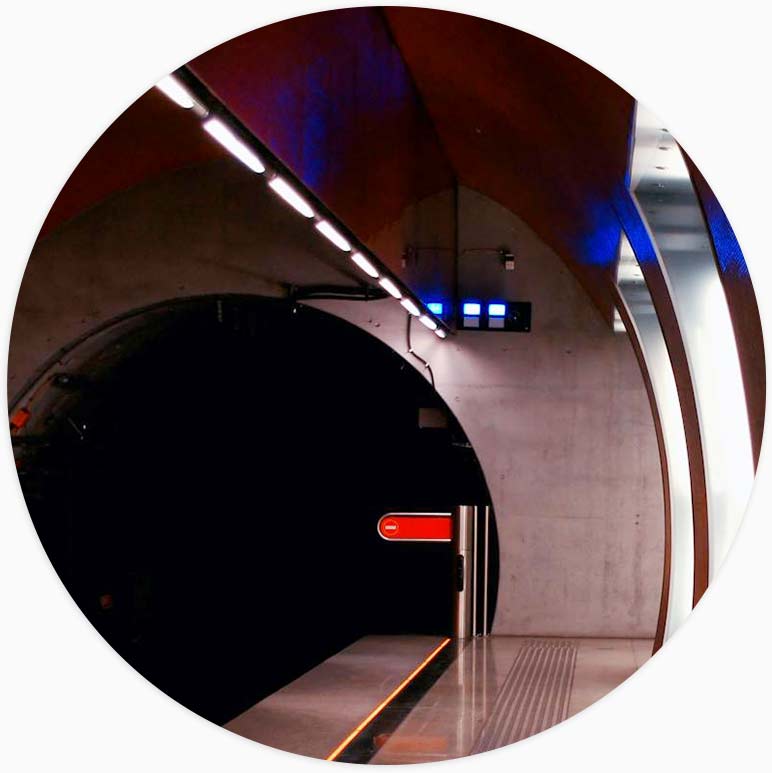
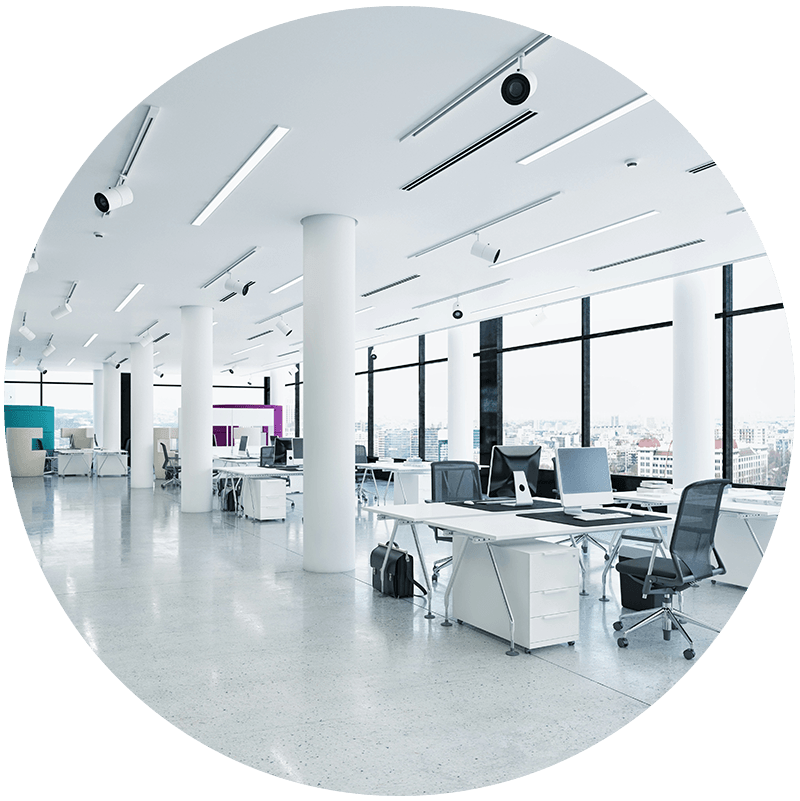
HCL lighting and automated lighting
Human-centric lighting (HCL)
Human-centric lighting (HCL) is designed to simulate natural light patterns to enhance human well-being and productivity. HCL systems dynamically adjust the color temperature and intensity of light throughout the day to mirror natural daylight cycles. For example, in corporate offices, cooler and brighter light is used during the day to boost alertness and focus, while warmer, dimmer light in the evening promotes relaxation and prepares employees for rest. According to a study by the Fraunhofer Institute, HCL has been shown to improve cognitive performance and mood in work environments.
Automated lighting systems
Automated lighting systems employ advanced sensors and control technologies to optimize lighting conditions based on occupancy, daylight availability, and user preferences. In commercial buildings, such as shopping malls and hospitals, these systems automatically adjust lighting levels to ensure energy efficiency and user comfort. For instance, lights can dim when sufficient daylight is present or switch off when no motion is detected, reducing energy consumption. The integration with IoT devices allows for seamless remote control and customization, making automated lighting a key component in smart building management systems. Studies from the U.S. Department of Energy highlight the potential of automated lighting to achieve up to 60% energy savings in large commercial facilities.
Circadian rhythm and light
Circadian rhythm is the natural, internal process regulating the sleep-wake cycle, influenced by light exposure. This biological clock impacts various physiological functions, including sleep quality and mood. Bright, blue-enriched light during the day maintains alertness and cognitive function, while reducing blue light in the evening promotes sleep by stimulating melatonin production. Proper regulation of circadian rhythms is crucial for health, with disruptions linked to sleep disorders and mental health issues, as noted in studies by the National Institute of Health.
Impact of light on circadian rhythm
Light exposure profoundly affects circadian rhythms. In healthcare facilities, circadian lighting systems provide bright, blue-enriched light during the day to support patient recovery and staff alertness, and warmer light in the evening to facilitate restful sleep. In educational settings, these systems enhance students’ focus and performance by aligning indoor lighting with natural light cycles. According to research from the Lighting Research Center, circadian lighting can improve sleep patterns, mood, and overall well-being by mimicking the natural progression of daylight, thereby supporting the body’s biological rhythms.
